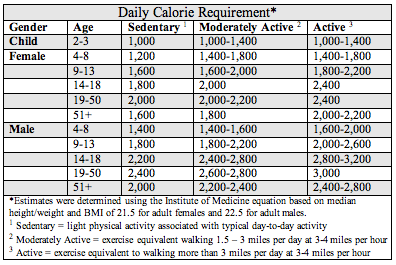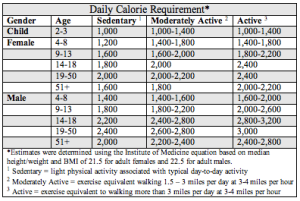As more and more of us become aware of what we put in our bodies and how nutrition can impact health, food labels have become more prominent.
Since 2006, The Food & Drug Administration (FDA) has specific guidelines regarding what information must be provided and how it should be stated.
The goal is to make understanding exactly what is in that box of cereal, can of Coke, and yes, even that pint of ice cream, easier for everyone.

Having this information available is not just helpful, but truly critical for many navigating any number of health issues – including many parents who have children with allergies! Did you know that FDA labeling requirements state that a product package must note if it contains any of the 8 major allergens (milk, eggs, fish, Crustacean shellfish, tree nuts, peanuts, wheat, and soybeans)?
Because allergies are so common these days, one of the first places many folks look at on a food package is the ingredients list. FDA guidelines state that the ingredients must be listed in descending order of presence, by weight. Regulations also state that the “common name” of any ingredient should be used. This translates to the first item in the ingredient list makes up the largest percentage of the product, with each following item being a lesser amount (by weight) and that sugar should be listed as sugar, not as sucrose. This last guideline makes those unpronounceable ingredients even more scary – but that’s a whole different topic that I’ll save for another day!
There can still be unknowns in packaged foods, despite the government regulations!
Though the FDA doesn’t have a technical definition of “trace amounts”, guidelines allow that any “incidental” ingredients which don’t have an impact on the finished product do not have to be listed. Another slightly unsettling truth is that there can be alternates for fats and oils, meaning ingredients can be substituted in the processing of the same product over different batches. These are supposed to be noted on the ingredient list, and you may have seen it listed as something like this: Vegetable Oil (may consist of Corn Oil, Safflower Oil, Soybean Oil). Spices and flavorings (both natural & artificial) do NOT have to be broken down in ingredient lists – making up another unknown in your food. The exception to this are products that are made to be used as spices or flavors.
Once you get past the ingredient list to the nutrition fact panel, there is still more information to pay close attention to!
The nutrition facts label is divided into five portions, and some of the most important information to take note of is in the first section – which notes both the serving size and the number of servings in the container. This is something that many people may over look, especially in “single serve” type containers. Take for instance a pouch of Pop Tarts. We all know that they come two per pouch, but if you look at the label, a serving is just one Pop Tart! All of the other information in the nutrition facts refers to the amounts in *just one serving*!
Next up is the amount of calories per serving, followed by amounts of different nutrients. The FDA breaks the nutrients into two distinct sections, those you should limit (fats, cholesterol, sodium, sugars), and those you should be sure to get enough of (fiber, protein, vitamins, minerals). These sections list both amounts by weight for certain nutrients, but all will show a percentage that is part of the daily amount recommended by the FDA. The issue here is that the needs of different people vary greatly! Which is why the fifth section exists…
The fifth and last section of the of the nutrition fact panel is the footnote. The footnote states that all of the percent daily values listed are based on a 2,000 calorie diet. So if you are counting calories, or are a person who does not aim to maintain a 2,000 calorie per day diet – these percentages and values are much less meaningful to you!

While the labels are there to help us understand what we’re putting in our bodies, to make them work, you have to learn how to read them and interpret the information! Use labels to your benefit, and you can have a positive impact on the health of your family!











